With hands that were used only to keyboards and cameras, journalists had to carry countless urns of ashes. Those hands had also lifted tons of goods, carried rice, vegetables, tubers… to comfort people staying at home to fight the pandemic.
In this article, we - reporters of Nhan Dan Newspaper - would like to tell readers a slice of our professional history as witnesses of a historical period.
“ We do not only work in the epidemic center”
Reporter Duong Minh Anh (Nhan Dan Newspaper reporter, resident in the southern region) was assigned to the epidemic center of Binh Tan. Opening the notebook that he had carefully kept for the past 4 years, the hastily written lines recalled that on September 8, 2021, the Binh Tan Covid-19 Treatment Hospital under the Department of Health was officially established. When the war ended, about 900 people here had no chance to return home.

Reporter Duong Minh Anh offered incense before returning the ashes of the unfortunate person to his family.
Because no funeral home would accept the bodies, the hospital had to use a cold room (office) to store the bodies. However, after only 24 hours, the corpses swelled up, then started leaking water all over the hospital floor. At that time, only the doctors, nurses, and hospital workers took turns cleaning and carrying each body. That was the only option because if more time was left, there would be no room for the other unfortunate people. After that, the hospital rented a cold storage container to store the bodies.
❝ That image is still on my computer and I have never dared to look at it again, it is so haunting and painful. Back then, every night reporters used alcohol to fill their broken hearts ❞, he choked.
Day by day, they “have to go through the journey they don’t want to go through”, going through each shock without knowing when it will end in their life working at the hot spot. Positive signals seem to be extremely rare.

Reporter Duong Minh Anh personally brought the ashes of the unfortunate person back to his family.
He continued, during the peak of the epidemic in Binh Tan, when there were too many deaths, instead of waiting for military units to deliver the victims' ashes to their homes according to the procedure, many localities sent working groups of the Party Committee and Military Command to pick them up. Reporters, by chance, participated in such routes without prior selection.
At that time, because the vehicle carrying the ashes had to “go around” constantly while there were very few drivers, the journalists used the vehicle to deliver newspapers to the blockade area, so they had to hitchhike. And then the journalists’ hands, who were only familiar with keyboards and cameras, had to hold the urns of ashes and sit on the back of the pickup truck (for ventilation).

Reporter Duong Minh Anh personally brought the ashes of the unfortunate person back to his family.
❝I cried out loud when I accidentally came across hundreds of urns of ashes, there were my friends, comrades, relatives… lying there. They passed away quietly, no one knew, and then the writer met the names… Those are 'wounds' that never heal, deeply engraved in memory and heart. Every time I think about it, my left chest still hurts terribly❞ , he said, tears streaming down his strong face.
Sometimes, in a week, reporter Minh Anh and other colleagues traveled back and forth to the same address three times, bringing the portraits of a younger sister, an old man, and an old woman to the same house. His computer still saved those tragic images with his only remaining son, worshiping the souls of his three relatives: Mr. Ly Viem Phuc (father), Mrs. Lam Le Binh (mother) and Ly Ngoc Phung (younger sister).
His computer also saved the image of the poor girl studying online in the small house. The poor family only had one smartphone, so after finishing studying, the girl quickly used that phone to open… the Ksitigarbha Sutra to put on her father’s altar…

This family had 4 members, now only 1 person remains to burn incense. The ashes of the 3 deceased were brought back by reporters and the authorities of Ward 1, District 6.
Journalists, day and night, became active members supporting the hospital. When they had free time, they would hide in a corner and scribble down notes to send to the editorial office. Sweat, tears, pain, and fear invaded and traumatized even the toughest men.
I asked him how he overcame his own fear, his eyes reddened: "Everything is too rushed for us to have time to think much. We just know, try to comply as best as possible, so that we don't have to stay behind ."
And he said, the biggest responsibility for journalists in the epidemic area is to tell this story in the most truthful way.
Ms. Le Thi Thiet (Tu) contracted the disease while she was undergoing dialysis. The hospital closed its gates, medical facilities refused, Ms. Tu died in front of her husband, in a state of gradually collapsing from suffocation. I faced that painful death only because of Mr. and Mrs. Nguyen Van Tu-Le Thi Thiet who lived across the street, because I was a journalist so I contacted "ten directions and eight directions" to ask for oxygen, medicine for them; and finally... a coffin for Ms. Tu. While telling about their situation in the newspaper, I also asked for support for the funeral, is there anyone who is a journalist like me? Is there anyone who is in pain like me? That pain was repeated four times in the alley where I live in Binh Tan district, "the heart of the epidemic"!
Reporter Duong Minh Anh
But in that hardship, there were still small joys, when in the difficult circumstances due to the epidemic and geographical distance, reporter Minh Anh and her colleagues were still able to bring a 3-day-old angel home to her relatives. Her first journey in life, strangely enough, was always placed in the loving arms of… strangers.
At that time, reporter Minh Anh went to the hospital to write an article, and learned that there was a lack of volunteers with documents to take the newborn baby to his hometown. The brothers had their hair cut cleanly, and in addition to masks, glasses, full-body protective gear, and gloves, they sometimes sprayed disinfectant. Then every few dozen kilometers, they rolled down the car windows for fresh air. The brothers only felt sorry for the little creature, only 36 weeks and 6 days old, who had just been born by "cesarean section", and had to "receive supportive treatment due to the effects of infection and parasites from the mother - Covid-19".

Reporter Duong Minh Anh got vaccinated in Tay Ninh before going to the epicenter of the epidemic in Ho Chi Minh City. However, he still contracted the disease while working.
On that trip, all three people tested negative. However, at an anti-epidemic checkpoint, the officer asked: "Who are the child's parents? Come out and declare." This caused trouble because the group could not prove it, nor did they dare say that the child's parents had Covid-19, for fear of discrimination and a longer journey home. A reporter had to act as the "father" when presenting the authorization letter.
"Accompanying a life on a 500km journey, for me, that is a journey that must be passed to realize the value of life ," he confided.
Initially, working during the pandemic, in field hospitals, in quarantine areas... was the duty of journalists in the epicenter. But gradually, working for us became the responsibility of survivors, helping those who died and their relatives to ease their pain. Because death is not only present on radio, television, newspapers and social networks, but it appears before our eyes, right on the way to work, when we thought we had overcome "it"!
Reporter Minh Anh recalls the historic September days in the city named after Uncle Ho.

Precious footage…
In September 2021, when the fourth outbreak of Covid-19 turned Ho Chi Minh City into the epicenter, a team of 3 reporters from the People's Television Center, including Doan Phuc Minh, Nguyen Quynh Trang, and Le Huy Hieu, was assigned to go into the epicenter to record the actual developments and make a documentary on this topic.
“When I was assigned the task, the leader told me I had the right to refuse. To say I wasn’t afraid would be a lie, because as soon as I heard about the task, many situations popped into my head, many “what ifs” and the most worrying thing was what if I got infected and got worse when I got there! However, putting aside those worries, I understood that this was not only a task, but also an opportunity and a responsibility of a journalist. With that mindset, we set off,” the reporter said.
As a documentary director, Quynh Trang confided that normally, the crew has to come up with a script, survey the scene, and then start filming. However, with this mission, the crew had no other choice. As soon as they arrived at the Covid-19 Intensive Care Center at the Viet Duc Friendship Hospital in Ho Chi Minh City, the crew spent an entire afternoon learning how to wear protective gear and started working the next morning.

Before leaving, the crew thought a lot about the role of medical staff on the front line against Covid-19, which is also the image the crew wanted to convey through the production of this documentary. The Covid-19 Intensive Care Center is where critically ill patients are admitted, so the patient mortality rate is very high.
“The first working session was very shocking. What was heard, I now witnessed for real. The most seriously ill patient gave up the fight against Covid-19 despite the doctors and nurses’ best efforts. Nurses quietly carried the patient’s body out of the hospital. Through the protective glasses, I could still see their heavy eyes. So did we,” Quynh Trang said.

After the first three days, the film crew gradually got used to wearing protective gear for 5-6 hours in the sometimes rainy and sometimes sunny and hot weather of Ho Chi Minh City. After that, the crew increased the time in the treatment area to two sessions a day instead of just one. However, what made Quynh Trang very worried was that the filming had not "captured" any emergency situations.
“In my heart at that time, it was a struggle. If there was an emergency, the film would be much better, but on the other hand, I didn't want that to happen, because if a patient suddenly got worse and needed emergency care, it would mean their life would become more fragile than ever,” Trang confided.
The time in the intensive care unit was only about 6 days. Trang thought about the failures in producing a documentary in the epidemic center. On the last day, while resting in the hallway, Trang saw film crews from other press agencies rushing into the intensive care unit. At that time, doctors and nurses were rushing to treat not just one but two patients who suddenly turned critical. The doctor at that time was giving first aid while on the phone reporting the situation to the patient's family.

Everything happened so quickly with continuous professional movements, the whole film crew was caught up in it without having time to think. “At the moment the danger passed, the patient's indicators returned to normal, everything seemed to explode, my eyes also blurred. That day I had double joy, when we captured the scene we had waited for a long time, but the happiest thing was that both patients escaped the critical condition”, Trang emotionally recalled.
The film "Into the Epidemic" was completed with the technique of letting medical staff tell their own stories, when they were willing to leave everything behind to go into the epidemic with feelings and thoughts that the film crew thought they rarely had the opportunity to express.

“Into the heart of the epidemic” is a documentary film that was produced in a short time and won the C prize of the National Press Award in 2022. Trang confided that in more than 10 years of working in television, this was the first time she and her colleagues experienced a special, rare business trip and there will be no second time. But Trang and the documentary filmmakers believe that as long as they can still do their job, they are always ready to go.
Think about the positives rather than the "luck" of the epidemic
Despite facing many risks of Covid-19 infection, for more than 100 days in the epidemic center, reporter Tran Quang Quy (Nhan Dan Newspaper's permanent office in Ho Chi Minh City) thinks about the positives rather than the "luck or misfortune" of the epidemic.
I consider it a great experience with the job I have chosen because in those difficult days, not everyone had the opportunity to go out and go to the places they wanted to go. And in that journey, I saw the difficulties of many people around me. That made me think many times.
Reporter Tran Quang Quy confided
At the end of July 2021, journalist Le Nam Tu, Head of the Standing Office in Ho Chi Minh City, called him to discuss: "I have a friend in Can Tho, they have some agricultural products and vegetables that they want to send to the people in the city, please help me carry out this task". That connection quickly made strangers become close to carry out a special task.
Three days later, at 8:00 p.m., the truck carrying nearly 10 tons of vegetables and tubers "docked" in Ho Chi Minh City. The journalists became porters, unloading the goods at the gathering point at a benefactor's house. After more than 2 hours of sweating and dirty clothes, Mr. Quy quickly contacted the kitchens of "Zero-dong stalls", "Charity kitchens", etc. "I have never met them, but one thing I know is that their kitchens have been on fire for many days in the epicenter of the epidemic," he said.

In the spirit of sharing, he divided the agricultural products he had to send to the kitchens, some places had 500kg, some places had 200-300kg. Everyone went to the kitchens to cook free meals to serve the forces who were struggling to fight the epidemic on the front lines. That afternoon, after finishing work, he texted his brother in Can Tho, "Brother, I have delivered all the goods you sent to everyone. The people are very happy." Then he replied, "Okay. Let me arrange the rest."
The second truck carrying nearly 10 tons of sweet potatoes continued to Saigon. The bags of sweet potatoes were prepared by farmers in each bag of about 20kg, still smelling of the fields. Among the people who came to receive the potatoes that day, there were people Mr. Quy met for the first time, and people he knew because he had met them before. Through the protective glasses and masks, they exchanged very happy and warm glances. After that trip, the reporters of Nhan Dan Newspaper had another truck full of sweet potatoes to send to people in difficult circumstances through the Fatherland Front of the districts. During the period from mid-July to September, the Nhan Dan Newspaper's permanent office mobilized more than 1,500 boxes of instant noodles, several hundred kilos of rice, etc. to the reporters to coordinate and distribute directly to the people.

Recording everyday moments during his work journey, reporter Quang Quy confided that, holding back his grief, he and his colleagues tried to bring the best things to the people in the city that is suffering the most severe consequences of the pandemic. And it is the spirit of mutual love and support of the people that helps reporters have more faith, optimism and excitement to continue working.
“We have witnessed kind hearts, devoting a lot of enthusiasm to charity work. With good intentions, we just want to contribute a little to increase the joy of everyone during the pandemic. Every time I have the opportunity to do charity work, I do not miss it because I think that it is an opportunity for me to experience and help me grow more mature, to listen more to the simple things in life…”, journalist Quang Quy smiled gently and confided.
We talk about faith and hope
Geographical separation, social distancing and travel restrictions, all interactions are on online platforms. The Nhan Dan Newspaper editorial office is on duty 24/7 during the Covid-19 pandemic. In 2021-2022, the boundaries between day and night no longer exist because news is broadcast regardless of the time. Our mission is to continuously follow the news, regularly publish print editions, promote online television and social networks, so that all people have access to the right information, regardless of whether they are in remote areas or in quarantine.

In addition to closely following the daily developments of the pandemic, the leaders of the People's Electronic Committee assigned the topic that, amidst the fierceness and pain of loss, we must find faith and hope in cured cases, in people and groups that have "won the pandemic" as well as the solidarity of compatriots in times of hardship.
I sought out those who had recovered from the pandemic, listening to their stories of their journey through the dark tunnel – where every day they witnessed countless people lying next to them never returning home. The SARS-CoV-2 virus can tear a family apart in just a few days, and luckily one person survives. Therefore, the recovery of each person becomes a miracle.

I remember the character Phong (a journalist and director) the most. After more than a week of struggling with shortness of breath that suffocated his lungs, he struggled every day to strictly follow the instructions to fight the SARS-CoV-2 virus. And in the treatment area, when the people lying next to him were carried away one by one, he was lucky to be able to walk on his own two feet out of the Covid-19 Field Hospital.
“It turns out that the happiest thing in life is to breathe,” Phong’s confession made us understand more deeply the desire to live of the people of the city. Phong became an inspirational character in our series, among many characters who were strongly revived after the pandemic, whether they returned intact or with severe sequelae.

Later, with the coordination between reporters at the epicenter and the editorial office, we deployed a series of solid articles, providing a panoramic view of the "Unprecedented War with the Delta variant". Experts said that the fourth wave of the Covid-19 pandemic in Ho Chi Minh City and the southern provinces in the past time was an "Unprecedented War in history" with many decisions being applied for the first time. Therefore, we have collected a huge amount of data throughout the pandemic, to provide a panoramic view, visualizing the picture of the spread of the Delta variant and the efforts of the entire government system in preventing the epidemic; efforts to implement social security policies; the consensus of the whole country towards the city... until the day the city revives, living safely with the epidemic...
The series was delivered in a new journalistic way with many visual charts showing the spread of the new variant across the city; with infographics about the severity of the epidemic and the recovery efforts. Our work was honored to receive the B prize at the National Press Awards 2022.
Everyone in the city at that time carried a wound in their heart. We journalists did too. Some suffered from health problems, some from mental problems. But we all overcame the “bad weather”, united in our hearts and joined forces to overcome adversity and revived strongly, as is the tradition of the Vietnamese people.
Production organization: HONG MINH
Performed by: THIEN LAM
Photo: PROVIDED BY THE AUTHOR
Presented by: DINH THAI
Nhandan.vn
Source: https://nhandan.vn/special/nha-bao-va-trach-nhiem-cua-nguoi-may-man-trong-dai-dich-covid-19/index.html





![[Photo] Cat Ba - Green island paradise](/_next/image?url=https%3A%2F%2Fvphoto.vietnam.vn%2Fthumb%2F1200x675%2Fvietnam%2Fresource%2FIMAGE%2F2025%2F12%2F04%2F1764821844074_ndo_br_1-dcbthienduongxanh638-jpg.webp&w=3840&q=75)







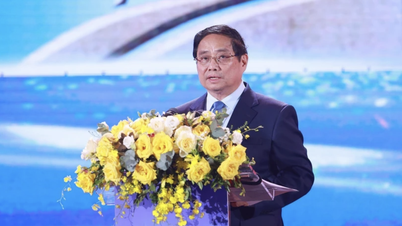



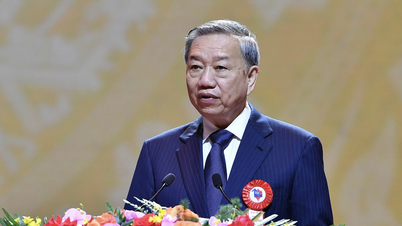

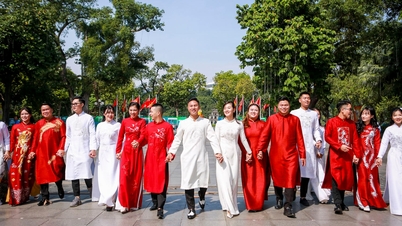

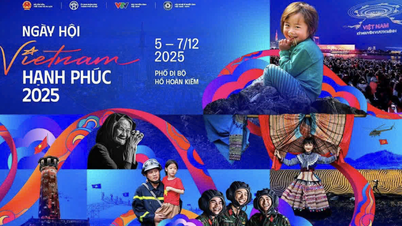










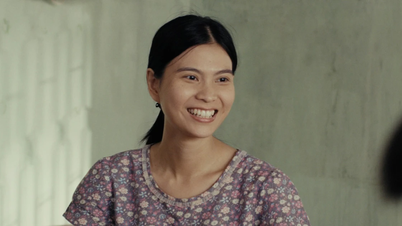
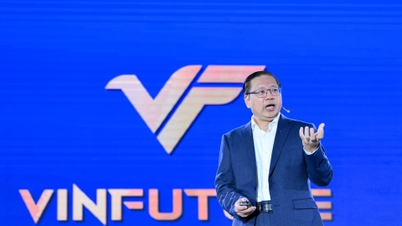
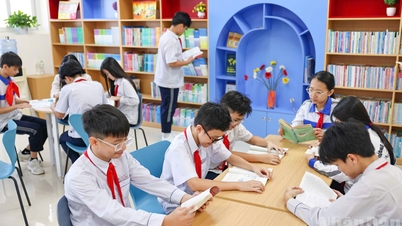
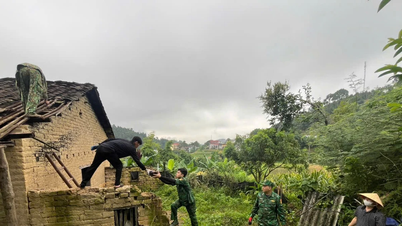
![[Video] Vietnam pioneers in building a legal framework for artificial intelligence](https://vphoto.vietnam.vn/thumb/402x226/vietnam/resource/IMAGE/2025/12/05/1764896569407_1764674648895-jpg.webp)
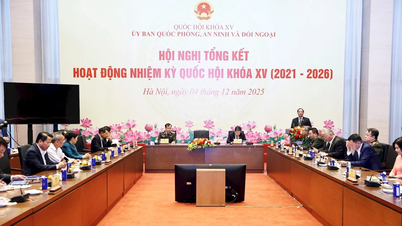

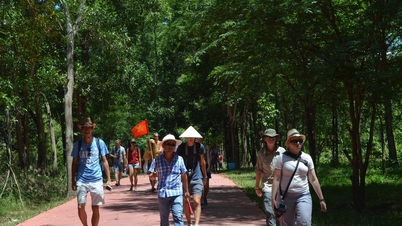




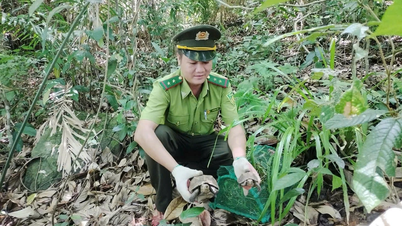

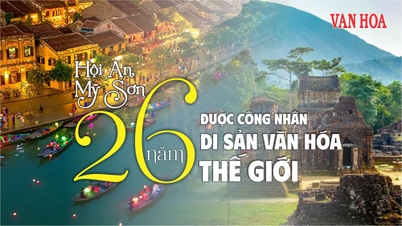
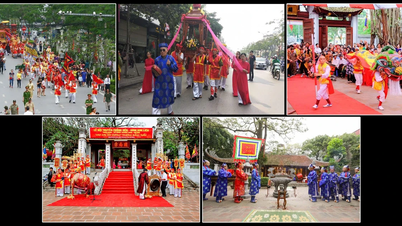
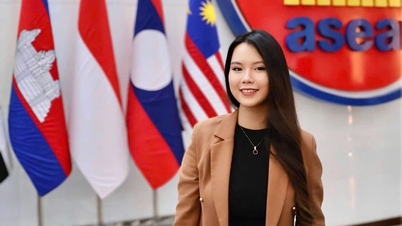

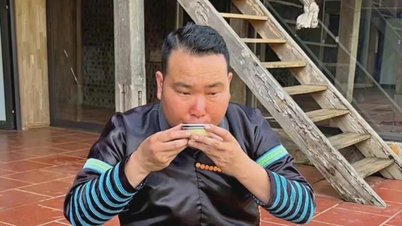










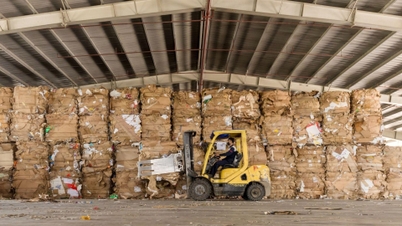



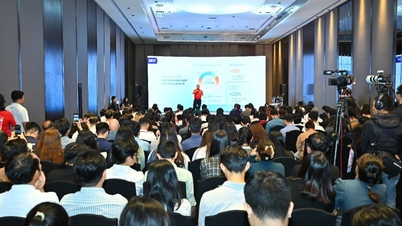







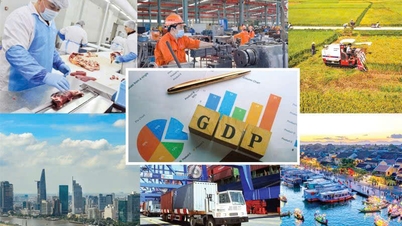

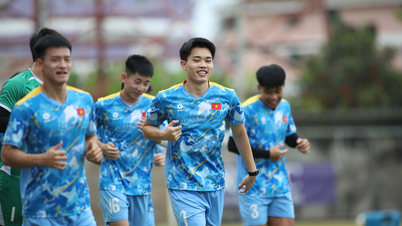


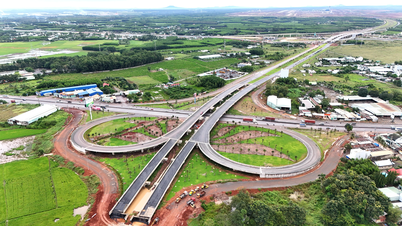

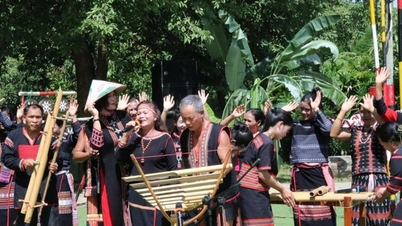



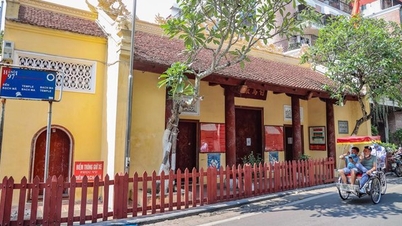
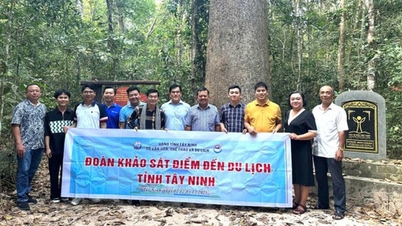
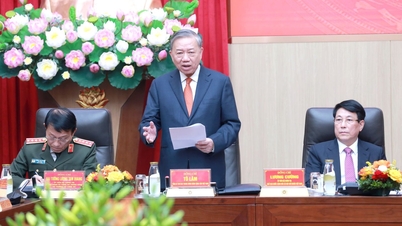

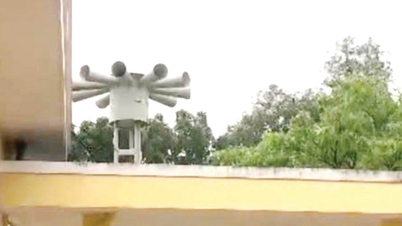

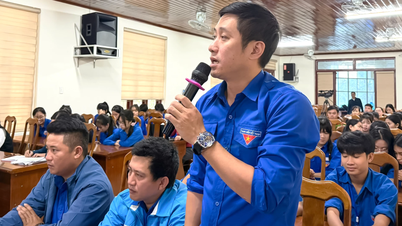
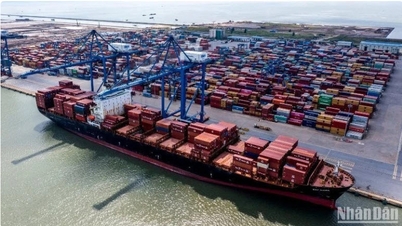



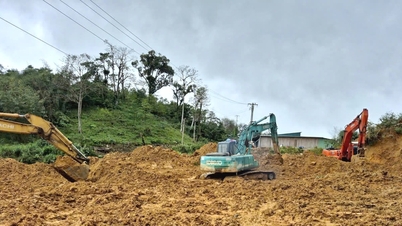











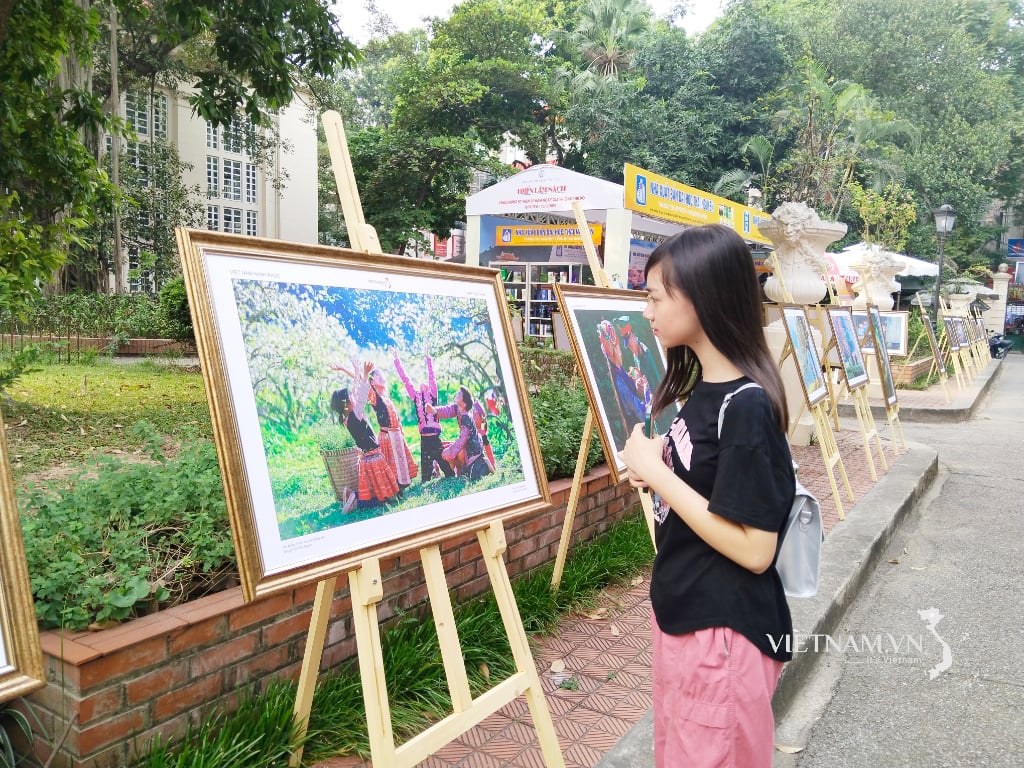
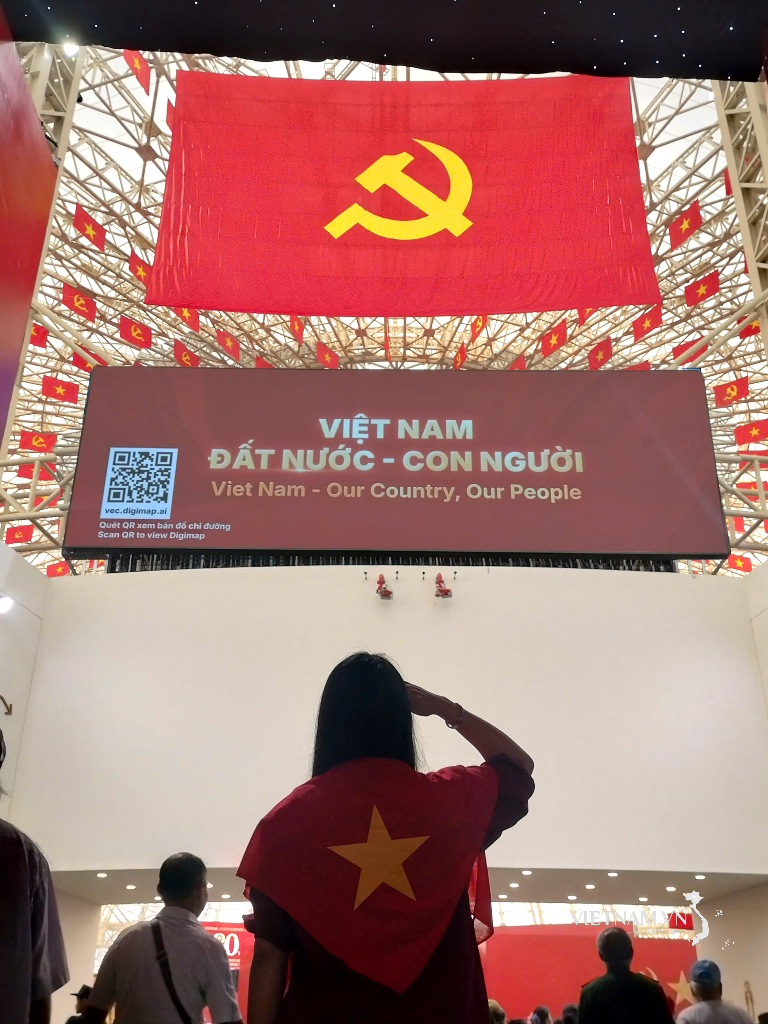
Comment (0)